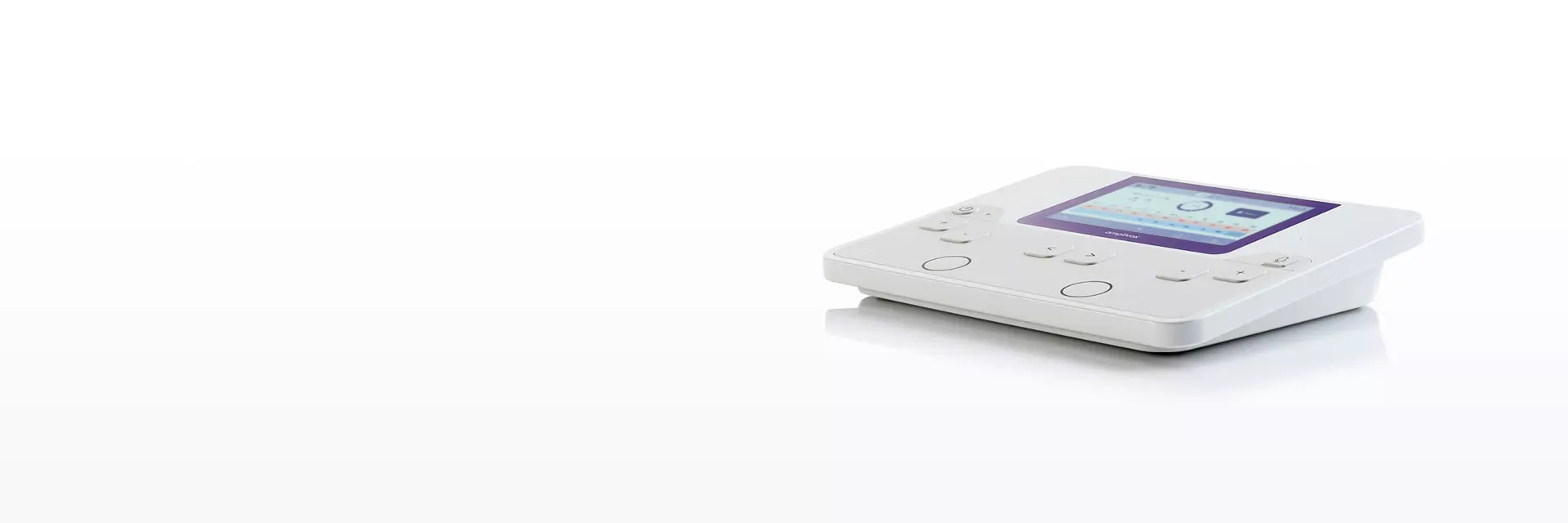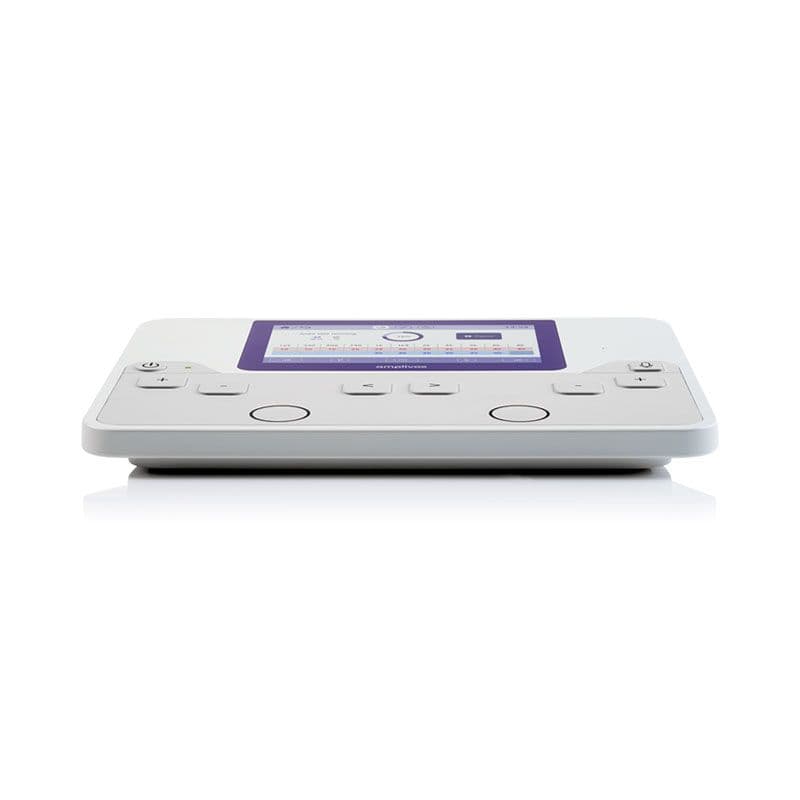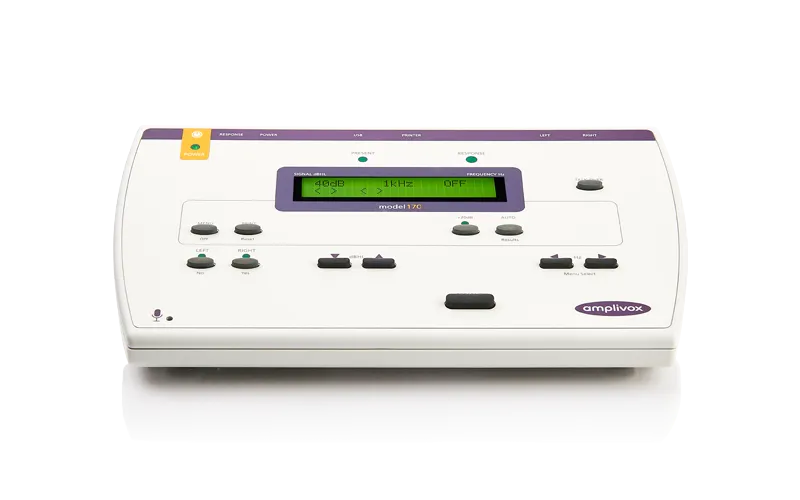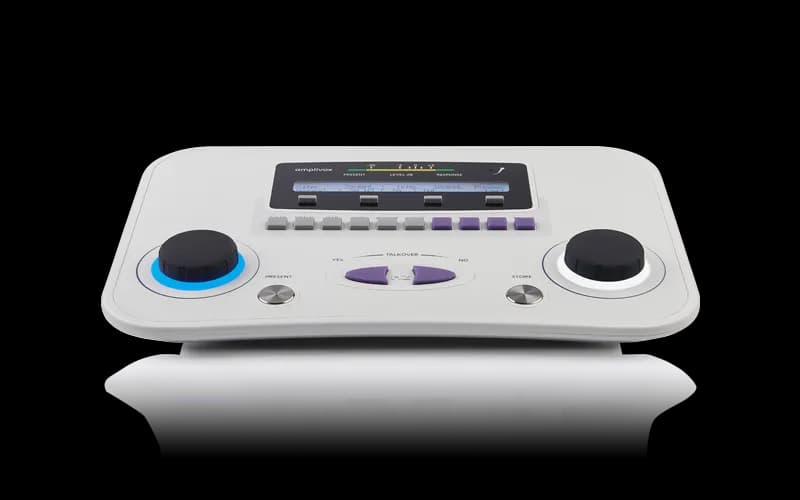Audiometers
Screening and diagnostic audiometers
Dependable and easy to use screening and diagnostic audiometry solutions to accurately assess hearing functions. Designed for ENT, hearing aid fitting, primary care, and occupational health.
Solutions:
Screening audiometers
Screening audiometers designed to perform pure tone audiometry through a basic air conduction test to evaluate hearing. As a screening device, they can be used to determine whether hearing loss is present and indicate standard threshold shifts over time. These are most often used in school settings, paediatric offices, general medical offices and occupational health.
Diagnostic audiometers
Diagnostic audiometers to determine whether hearing loss is present and is conductive or sensorineural in nature. Subject testing is achieved through the measurement of air and bone conduction threshold levels, as well as a multitude of speech testing. This includes speech threshold testing, speech in noise testing and speech recognition testing to name a few.
Frequently asked questions
What is an audiometer?
An audiometer is a medical device that is used to evaluate the hearing threshold of a person. An audiologist, doctor, nurse, a qualified occupational health professional or other suitably trained professional uses an audiometer to determine the hearing threshold and to identify as well as quantify the degree of hearing loss present in a process called audiometry.
During audiometry, the audiologist or hearing care professional will use the audiometer to present tones of different frequencies (pitches) at different intensity levels (volumes) to the patient’s ear and the patient will respond via a response button, indicating the tones they have heard.
The objective of audiometry is to find the patients’ hearing threshold, which is the lowest level (per frequency) at which the person can hear the stimulus. Results are usually displayed or printed on an audiogram.
What are audiometers used for?
Audiometry can be performed in different manners depending on the application and setting you wish to use it for. Audiometers have different capabilities and are typically classified according to 3 different categories; screening, diagnostic and clinical.
A screening audiometer is used to identify a potential hearing deficiency. A screening hearing test will record a patient’s reaction to pure tones played and determine if there are signs of a hearing loss. The results of the screening test will then allow the hearing health professional to determine if further examination or tests are required. Learn more about a hearing screening test.
A diagnostic audiometer is used by an audiologist to assess the hearing ability and provides a full evaluation of the patients hearing ability. A diagnostic test is performed after a failed screening test. It is conducted to find out the extent of the hearing loss.
It will measure how well the patient hears pure tones and understands speech. The test duration usually takes longer than a screening test. Learn more about a diagnostic hearing test. Learn more about what’s involved in an audiometry test.








